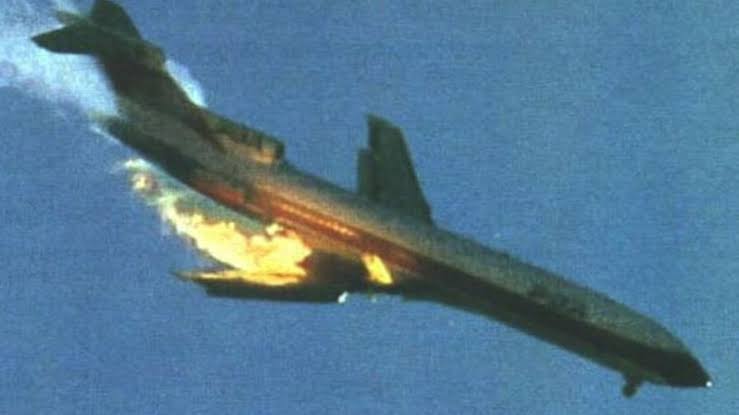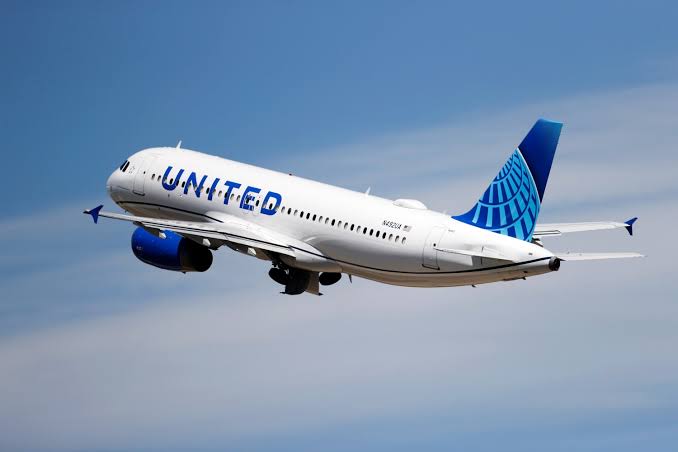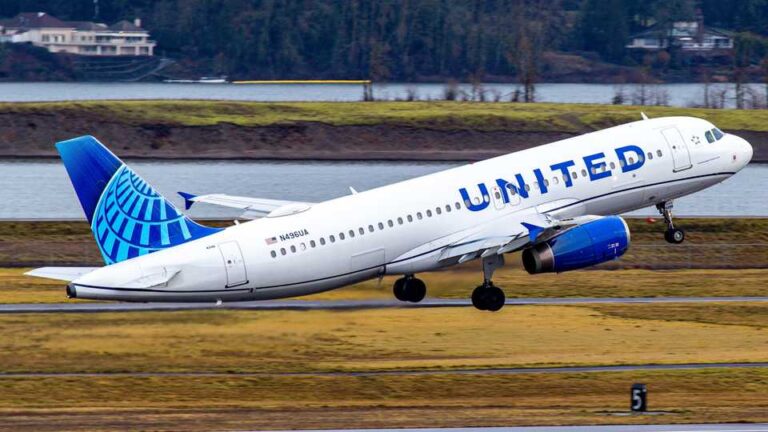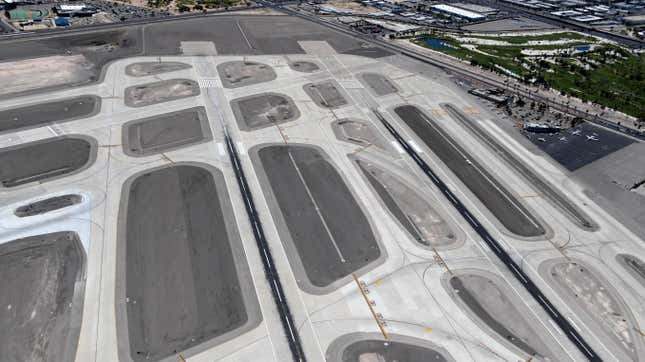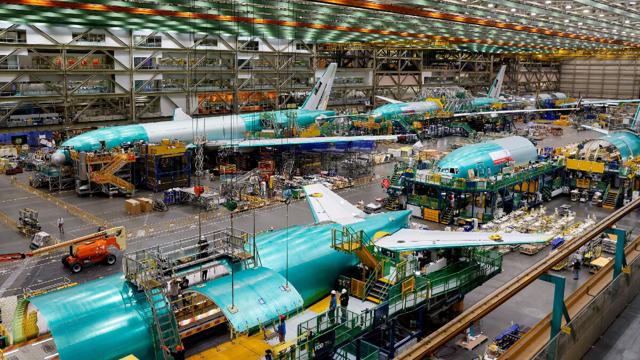“American Airlines Passengers Endure 20-Hour Stranded Nightmare After Flight Diverted to Bermuda”
The Bermuda Stranding: A 20-Hour Nightmare for American Airlines Passengers**
On what was supposed to be a routine transatlantic flight, American Airlines passengers found themselves trapped in an ordeal that quickly turned into a nightmare. The flight, which departed from Miami International Airport bound for London Heathrow, was forced to make an emergency landing in Bermuda due to what the airline described as a “possible mechanical issue.” However, what should have been a minor inconvenience became a harrowing experience lasting more than 20 hours, as passengers were left stranded with little information, inadequate accommodations, and mounting frustration.
A Routine Flight Turns Dire
The flight, AA293, was scheduled to depart Miami at 7:45 PM local time and arrive in London the following morning. As passengers settled into their seats, little did they know that their journey would take a dramatic and unexpected turn. Midway across the Atlantic, the pilots detected what they later described as a potential mechanical issue. Erring on the side of caution, they decided to divert the flight to L.F. Wade International Airport in Bermuda, a small island territory that rarely sees large commercial flights like the Boeing 777-300ER they were flying.
The decision to divert was the correct one from a safety perspective, but it set off a chain of events that would leave passengers exasperated. As the plane touched down in Bermuda, passengers were informed of the situation and told that they would have to wait while the aircraft was inspected. Many expected a short delay—perhaps a few hours—but what unfolded was far worse.
The Long Wait Begins
Once on the ground, passengers were told to remain on the aircraft as mechanics worked to identify and repair the issue. At first, the mood was one of patience and understanding, but as hours passed with little communication from the airline, that patience began to wear thin. Passengers reported that food and water were not sufficiently provided, and the aircraft’s air conditioning struggled to keep the cabin comfortable in the island’s humid climate.
After several hours on the tarmac, passengers were finally allowed to disembark. However, this relief was short-lived. With no immediate replacement aircraft available, American Airlines faced the challenge of accommodating over 200 passengers on an island with limited hotel capacity. Compounding the problem was the fact that Bermuda’s airport is not equipped to handle large numbers of passengers for extended layovers, especially at short notice.
Lack of Communication Fuels Frustration
Perhaps the most infuriating aspect of the ordeal for passengers was the lack of clear and timely communication from American Airlines. Passengers described feeling abandoned and left in the dark about what was happening and how long they would be stranded. Many turned to social media to express their frustration, with some even live-tweeting the experience as it unfolded. The absence of definitive answers from the airline only fueled their anger.
One passenger recounted how they had to rely on local airport staff for updates, as American Airlines representatives were scarce on the ground. Others complained that when information was provided, it was often vague and unhelpful, leaving them with more questions than answers. The confusion reached its peak when some passengers were told they would be put on a rescue flight, only to find out that this plan had been scrapped due to logistical challenges.
Overnight in Bermuda: A Struggle for Accommodation
As it became clear that the passengers would be spending the night in Bermuda, the scramble for accommodation began. Bermuda is a popular tourist destination, but its hotel capacity is limited, especially when trying to accommodate an entire plane full of people on short notice. Some passengers were fortunate enough to secure hotel rooms, but many others were left to sleep in the airport, which was ill-equipped for such a situation.
Those who did manage to find a hotel were faced with the challenge of getting there. Bermuda’s transportation infrastructure was not prepared for a sudden influx of stranded travelers, and taxis were in short supply. Some passengers reported waiting for hours to secure a ride, while others banded together to share rides or even walk to nearby hotels.
For those left in the airport, the conditions were far from ideal. With limited seating and no beds, passengers tried to make themselves as comfortable as possible, using whatever they had on hand as makeshift pillows and blankets. The airport’s food and beverage services were quickly overwhelmed, leading to long lines and limited options for those needing sustenance. It was an exhausting and demoralizing experience for all involved.
A Delayed Resolution
As dawn broke over Bermuda, passengers were still uncertain about when they would be able to continue their journey. The repairs to the original aircraft were taking longer than expected, and efforts to bring in a replacement plane were hampered by logistical hurdles. Frustration reached a boiling point as passengers, many of whom had been awake for over 24 hours, demanded answers from the airline.
Eventually, American Airlines arranged for a rescue flight to take the stranded passengers to London. However, this flight did not depart until well into the afternoon, nearly 24 hours after the original diversion. Passengers who had managed to get some rest in hotels were transported back to the airport, while those who had spent the night in the terminal were finally able to board. The atmosphere was one of exhaustion and relief, mixed with lingering anger over the handling of the situation.
The rescue flight finally took off, carrying weary travelers across the Atlantic. When they landed in London, they were met with apologies from American Airlines, but for many, the damage had been done. Missed connections, canceled plans, and a general sense of mistreatment left a bitter taste in the mouths of those who had endured the ordeal.
American Airlines’ Response and Public Backlash
In the aftermath, American Airlines issued a statement apologizing for the inconvenience caused to passengers. The airline cited safety as its top priority and explained that the decision to divert was made out of an abundance of caution. However, the airline’s explanation did little to quell the outrage that had built up over the 20-hour ordeal.
Critics pointed to the incident as yet another example of poor customer service in the airline industry, where passengers are often left to fend for themselves during disruptions. The lack of communication, inadequate accommodations, and slow response time all served to highlight the shortcomings of American Airlines’ crisis management.
The incident also reignited the debate over how airlines handle emergencies and the treatment of passengers during unexpected disruptions. Calls for stronger consumer protection laws and better compensation for affected travelers gained traction as the story spread.
A Lasting Impact
For the passengers of AA293, the experience was one they will not soon forget. What should have been a straightforward flight turned into a grueling test of patience and endurance, with many swearing off American Airlines for future travel. The incident became a viral story, capturing the attention of media outlets around the world and prompting widespread discussion about the state of the airline industry.
As American Airlines continues to navigate the fallout, the Bermuda stranding serves as a cautionary tale about the importance of communication, preparedness, and customer care. In an industry where delays and disruptions are often unavoidable, how an airline responds can make all the difference between a minor inconvenience and a full-blown public relations disaster.

